Red eggs may seem rare and unusual, but they can actually be found in several bird species. Some examples of birds that lay red eggs include Cetti’s warblers, peregrine falcons, Marans, and several bulbul species.
Whether you’re an avid bird watcher, farmer, or just someone that came across these eggs in their backyard, this article will provide you with the photos and information you need to identify them.
Table of Contents
Why Do Birds Lay Red Eggs?
The red color of the eggs comes from a pigment called protoporphyrin.
Scientists from Long Island University analyzed the eggs of 634 species and made an interesting discovery. Birds that live in colder regions that get less sun tend to have darker eggs (red for example) while those found in warmer areas tend to have more variable but brighter eggshells.
The main reason why these eggs have darker shells is thermoregulation – they heat faster than those with brighter eggshells and their surface temperature remains higher for longer periods.
Examples of Red Bird Eggs
1. Cetti’s Warbler
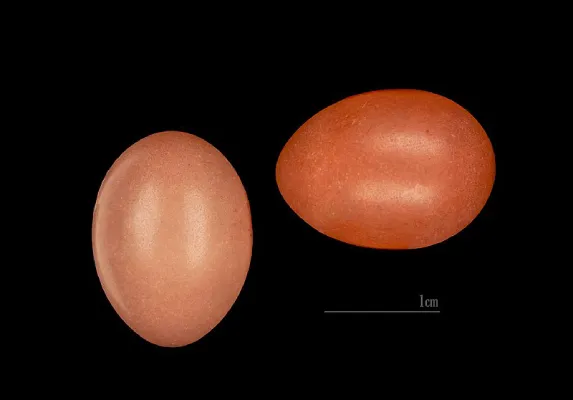
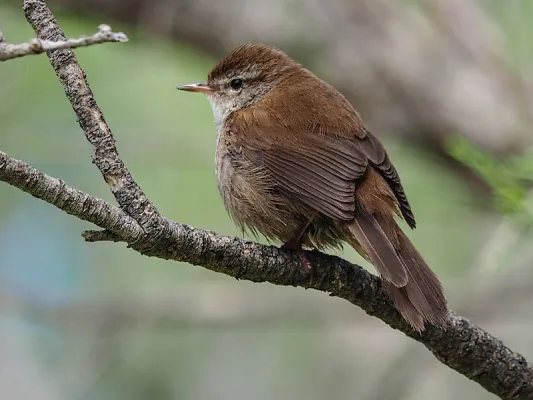
These tiny brown bush-warblers breed in southern and central Europe, northwest Africa, and parts of Asia. They were named after Francesco Cetti, an Italian zoologist from the 18th century.
Cetti’s warblers lay most of their eggs in June. They build their cup-shaped nests in dense vegetation 12-18 inches off the ground, using leaves, stems, hair, and feathers.
Cetti’s warblers lay 4-5 bright red eggs that are 0.7 inches long and 0.5 inches wide. Females will incubate the eggs for 16-17 days and feed and raise the chicks on their own.
The young leave the nest after 14-16 days but become completely independent after 30 days. Cetti’s warblers lay eggs twice a year.
2. Peregrine Falcon


Peregrine falcons, also known as duck hawks in North America, are large, crow-sized falcons found almost everywhere on Earth. Peregrine falcons are monogamous and mate for life; they also use the same nesting spot each year.
After a mix of aerial acrobatics, precise spirals, and steep dives, the pair will nests in a scrape, usually on cliff edges, skyscrapers, bridges, silos, etc. Females are the ones that select the nesting sites and the scrapes are around 9 inches in diameter and 2 inches deep.
In North America, these birds of prey lay their eggs typically from February to March. Peregrine falcon eggs are mottled with dark reddish-brown and are slightly smaller than chicken eggs (2 inches long and 1.7 inches wide).
Females incubate the eggs for 32-35 days while the males feed them during that period; males might also help with incubation. After hatching, females will stay with the chicks while males bring them food; after a while, females will also start hunting.
The young will fledge after 42-46 days but will remain dependent on their parents for 2 more months. Peregrine falcons raise one brood per year.
Read More: Examples of blue bird eggs with brown marks
3. Marans

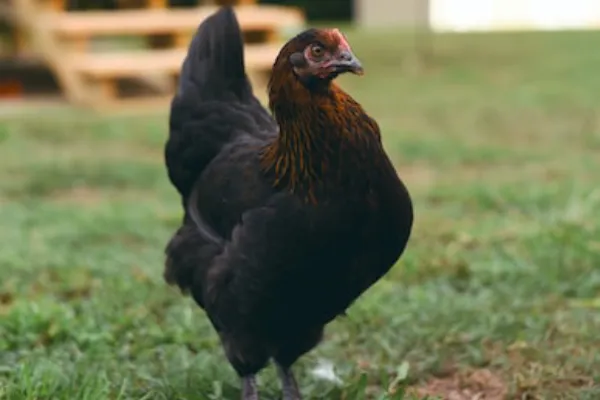
Marans is a chicken breed coming from the port town of Marans in France. Together with their colorful eggs, marans are also famous for their meat.
Marans lay from 150 to 200 eggs per year. Their eggs are dark red, almost chocolate-colored.
Their eggs change color; at first, chickens will lay very dark-colored eggs and as the laying season passes, the eggs get lighter colored.
Read More: What are some examples of birds that lay brown-speckled bird eggs?
4. Yellow-vented Bulbul

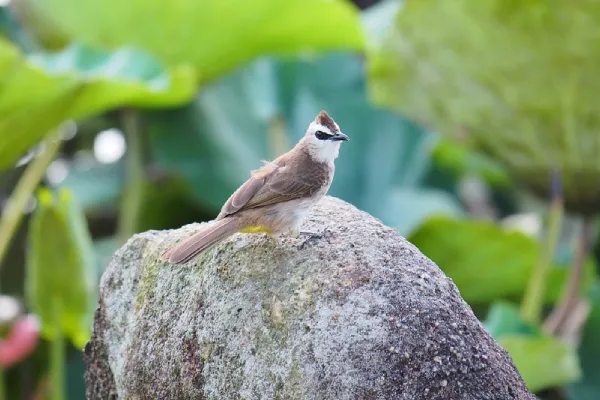
Yellow-vented bulbuls, also known as eastern yellow-vented bulbuls, breed in southeastern Asia, ranging from Indochina to the Philippines.
These birds are very common in cultivated areas and build cup-shaped nests. Using grass, leaves, roots, and twigs, yellow-vented bulbuls will construct their nests either low in bushes or high in trees; the nests look messy on the outside but very neat on the inside.
Both partners will help build the nest and it will take them about a week to complete.
Females will lay 2-5 reddish-brown eggs and incubate them for 12-13 days in their well-camouflaged nests. Peak egg-laying months are from February to June.
Chicks hatch naked and blind and their eyes begin to open on the third day; both parents will take turns in feeding them. Yellow-vented bulbuls will never fly directly to their nests with food. Instead, they will fly to a close branch, look around to see if there are no predators, and then move to the nest.
Read More: What birds nest in rocks?
5. Red-whiskered Bulbul
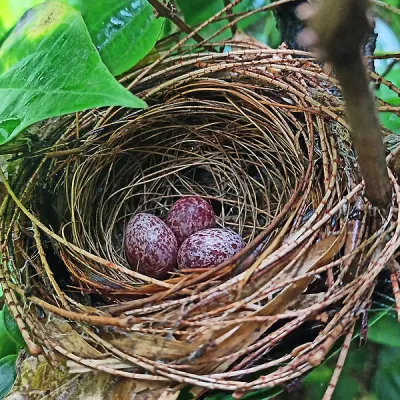
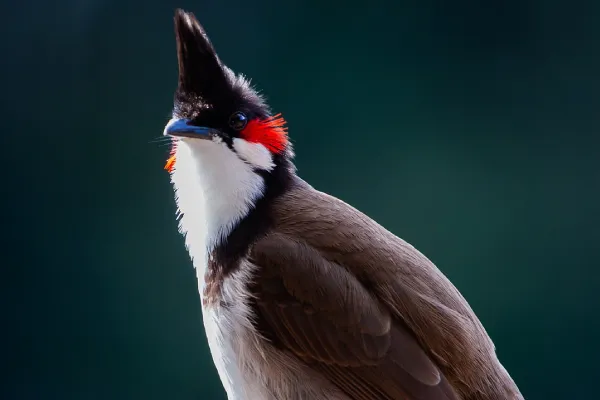
Red-whiskered bulbuls, also known as crested bulbuls, are songbirds native to Asia. They got their names after the patch of red feathers behind each of their eyes.
Red-whiskered bulbuls nest 3-9 feet off the ground, on brushes, thatched walls, or small trees. Using twigs, roots, grasses, tree bark, paper, and plastic bags, they will build their cup-shaped nests where they lay 2-3 eggs.
Red-whiskered bulbul eggs have a pale-white base color with dense reddish-brown speckles towards the broad end. The eggs are oval in shape and weigh just 0.09 oz!
Both parents incubate them for 10-11 days and the chicks that hatch naked and with eyes closed will fledge 10-13 days later. This species may produce 2 to 3 broods per year and their eggs are mostly preyed on by crows and greater coucals.
Read More: ID guide on white bird eggs with brown splotches
Summary
Red eggs are a unique and beautiful sight to behold. They can be found in different bird species, including warblers, falcons, chickens, and bulbuls.
Whether you’re a bird watcher, farmer, or just curious about these stunning eggs, we hope you found this article helpful. If it did, feel free to check out our photo guide on bird eggs that are blue and have speckles or on birds that lay green-colored eggs.